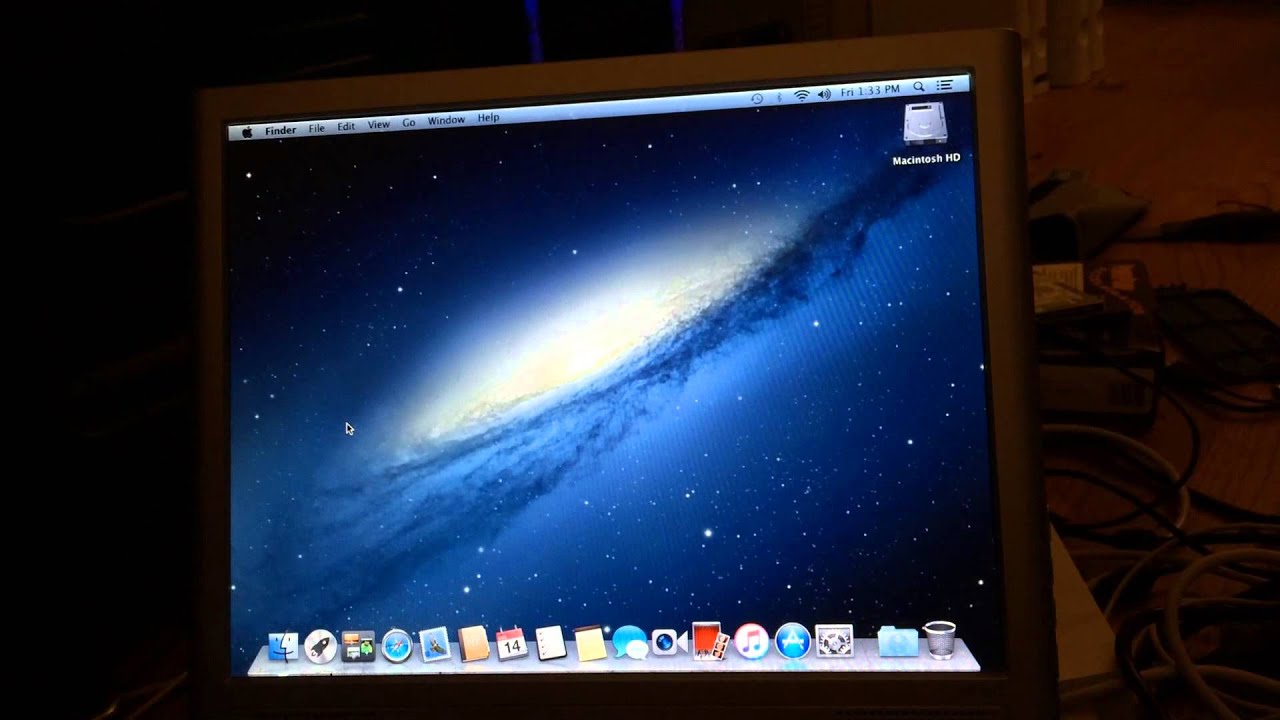

- #Macos symbolic linker mac os x#
- #Macos symbolic linker full#
- #Macos symbolic linker software#
- #Macos symbolic linker plus#
Navigate to the folder you want included in sync and right clickĤ. If you’re unsure of your sync folder location you can use the Finder to find out where the Sync folder is located:Ģ. If you are unsure of your username, type the command whoami into the Terminal and press enter The culprit is a symbolic link in the filesystem that points back to. Tips: F inding your username and folder location This error message prevented users from opening Synfire or HN in a few reported cases. In this example, because there is a space between the words ‘Test’ and ‘Folder’ a backslash is entered before the space to signify the space is part of the name that is being entered SymbolicLinker is a tiny service that, once installed, allows any user to create symbolic links to files inside the Finder. Ln -s /Users/username/Downloads/Test\ Folder /Users/username/Desktop/Sync/Test\ Folder If you get an error like “The operation can’t be completed because the original item can’t be found.” Make sure to check your spelling and remember Terminal is case sensitive.Īnother example, creating a link to a folder that has spaces in it’s name: When a symlink is created successfully you’ll see your folder in the sync folder.
#Macos symbolic linker plus#
*The first path being the folder you want to sync and the second path being your Sync folder location plus the name of the folder you want to symlink *Replace username with your actual username Ln -s /Users/username/Documents /Users/username/Desktop/Sync/ Documents In Applications double click Utilitiesįor example, to sync your ‘Documents’ folder, copy and paste the command in Terminal: On Mac, you will use the Command Terminal.ģ. Lastly, overlays are not visible on symlinked folders. You should also be sure to set the correct permissions for the folders. To create symbolic link mappings for SMB shares: vserver cifs symlink create -vserver.
#Macos symbolic linker mac os x#
You’ll need to create your symlinks inside the Sync folder. However, you can use widelinks with Mac OS X clients if you use SMB 1. You cannot make the Sync folder a symlink. Symbolic Links are synced to the cloud in intervals of 20 minutes as long as no other processes are taking place in Sync. This article provides directions as a reference, but due to the complexity of setting it up (not supported on all operating systems), we are unable to provide detailed instructions for any particular setup. Note: Symbolic links are not officially supported. Here is an example of how a hard link named test 2 will be made.How do I sync folders outside of the Sync folder on Mac? To make a hard link of a file, you will require the ln command and refer to the source file before naming what the hard link will be named.

The goal of this product is to decrease users' trips to the Terminal in order to use the 'ln -s' command. It does this by adding a contextual-menu item to the Finder that generates symbolic links to the selected files.

In addition, hardlinks can only refer to files within the same volume otherwise symbolic links will be needed. SymbolicLinker is a tiny service that, once installed, allows any user to create symbolic links to files inside the Finder. There is no referencing to the original file. By using a hardlink, you can change the original file’s contents or location and the hardlink will still point to the original file because its inode is still pointing to that file. You can also only hardlink files and not directories. Speaking of hard links….Ī hard link is a direct reference to a file via its inode. Should a file be moved from one folder to another, the file will be moved to a different location on the hard drive and its inode value will change with it automatically. With an inode, the OS can retrieve information about the file such as permission privileges and the physical location of the data on the hard drive to access the file.
#Macos symbolic linker full#
They are essentially the numerical equivalent of a full address. The inode is a database that describes the file/directory attributes such as metadata and the physical location on the hard drive. In order to understand how symbolic and hard links work, we will need to go over what are inodes. Symbolic links on the other hand refer directly to the file which refers to the inode, a shortcut. A hard link is essentially a synced carbon copy of a file that refers directly to the inode of a file. SymbolicLinker does this by adding a contextual menu item to the Finder that generates symbolic links to the selected files.
#Macos symbolic linker software#
These methods are part of the filesystem that organizes what file is what and where. SymbolicLinker is a tiny software service that allows any user to create symbolic links to files inside the Finder. Hard links and symbolic links are two different methods to refer to a file in the hard drive. Visualized path difference between hard link and symbolic link references


 0 kommentar(er)
0 kommentar(er)
